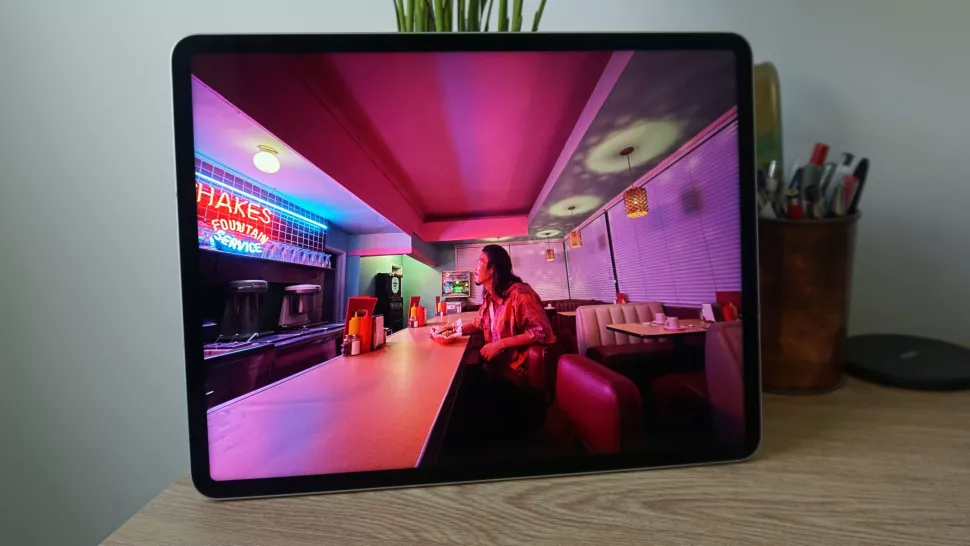Apple might be starting work on its first OLED iPad Pros soon
High-end tech for high-end tablets

Apple’s iPad Pro is our pick for the best tablet you can buy, and it could soon get even better with the addition of OLED technology for its already dazzling display. According to the latest rumors, it’s set to get this high-end screen tech next year, with new iPad Pro models entering production as soon as February 2024.
The rumor comes from South Korea’s Chosun Ilbo (translated version), which notes that the February date is earlier than originally planned. Still, a timeframe this early in the year could indicate the tablets will be launched sometime around the middle of the 2024, perhaps coinciding with Apple’s Worldwide Developers Conference (WWDC) in June.
Right now, the 12.9-inch iPad Pro uses what Apple calls a Liquid Retina XDR display based on mini-LED technology (while the 11-inch model misses out on mini-LED). Compared to OLED, mini-LED panels offer improved brightness and endurance, but can suffer when it comes to per-pixel lighting, viewing angles and contrast. Because OLED displays don’t need backlighting, they can improve battery life, too.
Apple has stuck with mini-LED for a few years now as rivals have adopted OLED in their devices. Now, it seems like Apple is ready to pull the trigger and switch to OLED, potentially heralding a major improvement for fans of its high-end tablet.
Apple’s future OLED plans

Apple’s iPad Pro tablets are not the only product the company is reportedly shifting over to OLED displays. According to industry analyst Ross Young, the MacBook Pro could get the same treatment – but not for at least another three years. The MacBook Air is also rumored to move over to OLED panels, although its previously mooted 2024 launch date seems unlikely given the delays to the MacBook Pro.
However, don’t expect every Apple device to make the change. The company is expected to reserve OLED screens for its flagship products, so things like the iPad Air, iPad mini and entry-level iPad are all likely to miss out on the tech.
That’s because OLED panels are expensive, and the Chosun Ilbo report notes that they are expected to cost up to three times the price of mobile OLED screens. This high cost is probably what has caused Apple to wait so long before adopting OLED in its iPads.
Sign up for breaking news, reviews, opinion, top tech deals, and more.
But with the iPad Pro about to get the OLED green flag, we could soon see the display on the best iPad pull even further ahead of its rivals. Here’s hoping there aren’t more delays on the horizon.
You might also like

Alex Blake has been fooling around with computers since the early 1990s, and since that time he's learned a thing or two about tech. No more than two things, though. That's all his brain can hold. As well as TechRadar, Alex writes for iMore, Digital Trends and Creative Bloq, among others. He was previously commissioning editor at MacFormat magazine. That means he mostly covers the world of Apple and its latest products, but also Windows, computer peripherals, mobile apps, and much more beyond. When not writing, you can find him hiking the English countryside and gaming on his PC.